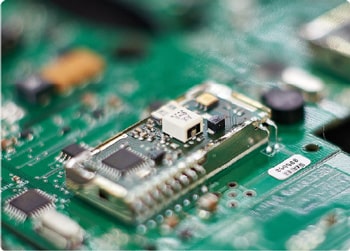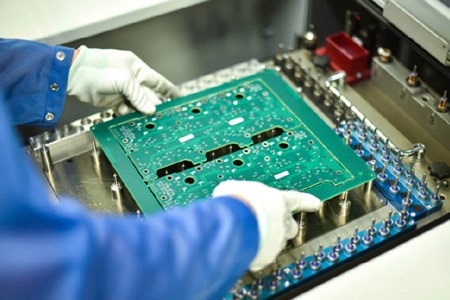Analyze the difference between flexible circuit board and rigid circuit board
According to the materials made, the printing circuit board can be divided into rigid printing boards and flexible printing boards.
The rigid circuit board includes phenolic paper layer pressure plates, epoxy paper layer pressure plates, polyester glass felt layer pressure plates and epoxy glass layer pressure plates.
Flexible circuit boards are also known as FPCs and soft boards. They have the characteristics of high wiring density, light weight, and thin thickness. They are a highly reliable and excellent deficiency printing circuit board.
Flexible circuit boards are widely used in electronic computers, communication, aerospace and household appliances.
In PCB proofing, what are the differences between flexible PCB circuit board and rigid circuit board?
1. The load of the wire: Compared with the rigid circuit board, the heat dissipation performance of the flexible circuit board is relatively poor. Because the cooling of the flexible circuit board is considered, the additional width or spacing need to be left for the wire.
2. Shape. Under normal circumstances, choosing a rectangle can save the substrate well, and there should be sufficient available border distances near the edges. The sharp inner corner may cause the board to tear. Therefore, the width and spacing of the FPC wire should be minimized, and the transition must be as smooth as possible. The sharp corners naturally concentrate and cause the lead.
3. Flexibility: The flexibility of the rigid circuit board cannot be compared with the flexible circuit board. For a large amount of bending circulation, the flexible circuit board has better performance.
The above is the difference between the rigid circuit board and the flexible circuit board.






